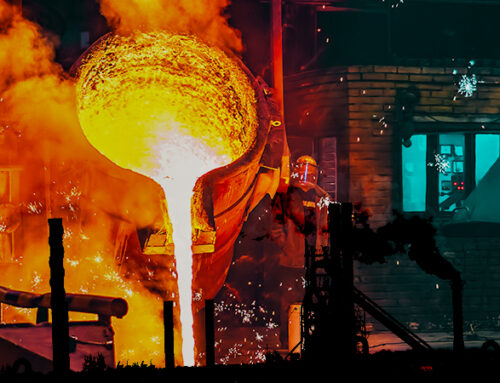I've recently written about the work of the Energy Policy group at Exeter University, however another team at Exeter is exploring a novel way of transport which has significant benefits in terms of speed and efficiency, while also having very low carbon emissions.
Geophysicist, Dr Katy Sheen of the University's geography department has been studying a mode of transport capable of speeds of over 6 million miles per hour. At these speeds the phenomenon of time dilation described in Einstein's theory of relativity, means that users of this transport would also age more slowly during their journeys.
The precise mechanics of how the technology works are still under investigation, although there is speculation that a special carrot-based fuel may hold the key. To date there is only one known prototype in use, although anecdotal evidence suggests it has proved to be very durable, with a working life of several centuries. It's difficult to extrapolate the true durability of the system as it is only used once a year, which would be a significant disadvantage in most potential applications.
The engine requires up to eight specially adapted rangifer tarandi although some theories hold that a single unit would be sufficient. (Curiously, the rangifer tarandus is also edible, making it an interesting and useful resource.) The nature of the required adaptations is a subject of uncertainty as scientists have yet to duplicate the successful prototype.
Some scientists have speculated that the device does not in fact itself travel at great speeds, but rides disturbances in spacetime, potentially exploiting wormholes. Dr Roger Highfield's excellent review of the relevant science references the work of the highly specialised research team behind the prototype, being centuries ahead of any other team at manipulating and understanding relativity. The work of Professor Ian Stewart of Warwick University suggests that special so-called "antler-arrays" or fractal vortex-shedding devices, provide the means of warping spacetime to create the waves ridden by the craft.
While the exact mechanics of the technique are still being refined, it's clear that this technology could be a real game-changer in the quest to decarbonise the transport sector.
Merry Christmas!







Leave A Comment